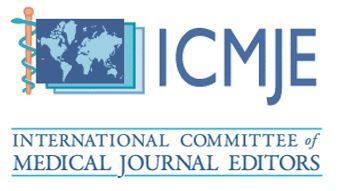Clinical, Biochemical and Radiological Factors Affecting the Prognosis of Neurological Deficit Improvement in Spinal Tuberculosis Patients at Hospitals of Sabah
DOI:
https://doi.org/10.51200/bjms.v15i3.2731Keywords:
prognostic factor, spine infection, spinal tuberculosis , thoracolumbar spineAbstract
The incidence of spinal tuberculosis is highest in developing nations. We aimed to analyse
the clinical, biochemical, and radiological parameters in spinal tuberculosis patients with
significant neurological impairment in relation to their functional outcome. This cross-sectional study involved 224 patients who had been presented to three hospitals in Sabah from July 2017 to June 2018, with significant neurological impairment fulfilling the inclusion criteria were enrolled. Diagnosis of spinal tuberculosis was determined by clinical and radiological factors and confirmed with histopathology, micro bacteriology, and immunoassay. Patients with significant neurology received standard treatment protocol according to the middle pathway regime, anti-tuberculosis for the first three weeks, and were subjected to surgery if there was no improvement. Age, duration of symptoms, c-reactive protein (CRP), erythrocyte sedimentation rate (ESR), white cell count (WCC), thoracolumbar spine involvement, and presence of soft tissue collection were evaluated. Modified Barthel Index (MBI) was used to assess the functional outcome. After a year, 146 patients (65.1%) had good functional outcomes and 78 patients had no significant improvement. On univariate analysis, there were no significant correlations between functional outcome and age (p>0.45); duration of symptoms (p>0.68); CRP (p>0.76); WCC (p>0.99); and presence of soft tissue collection (p>0.21).. High ESR (p<0.008) and thoracolumbar lesions were associated with poor functional outcomes (p<0.033). Higher ESR values and thoracolumbar lesions were associated with poor prognostic factors functional outcome in spinal tuberculosis patients.
Downloads
Published
How to Cite
Issue
Section
License
All articles are published under the Creative Commons Attribution-NonCommercial (CC BY-NC 4.0) license, enabling users to read, download, copy, distribute, and adapt the material for non-commercial purposes, provided proper credit is given to the original authors and the source. This model supports transparency, accessibility, and the global exchange of medical knowledge.








1.png)





